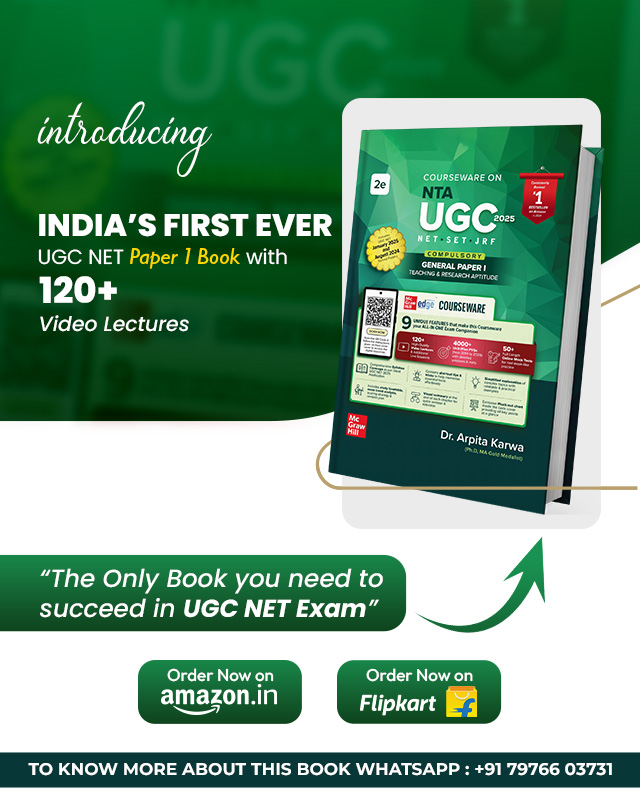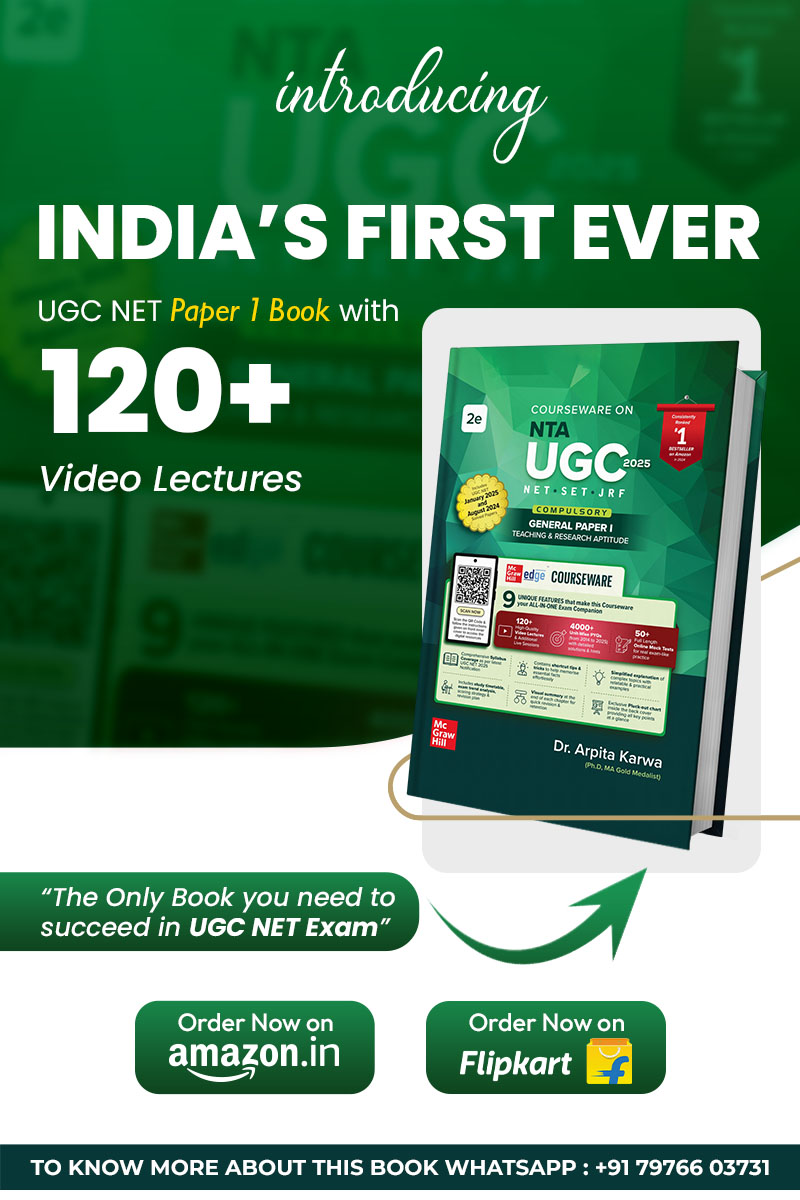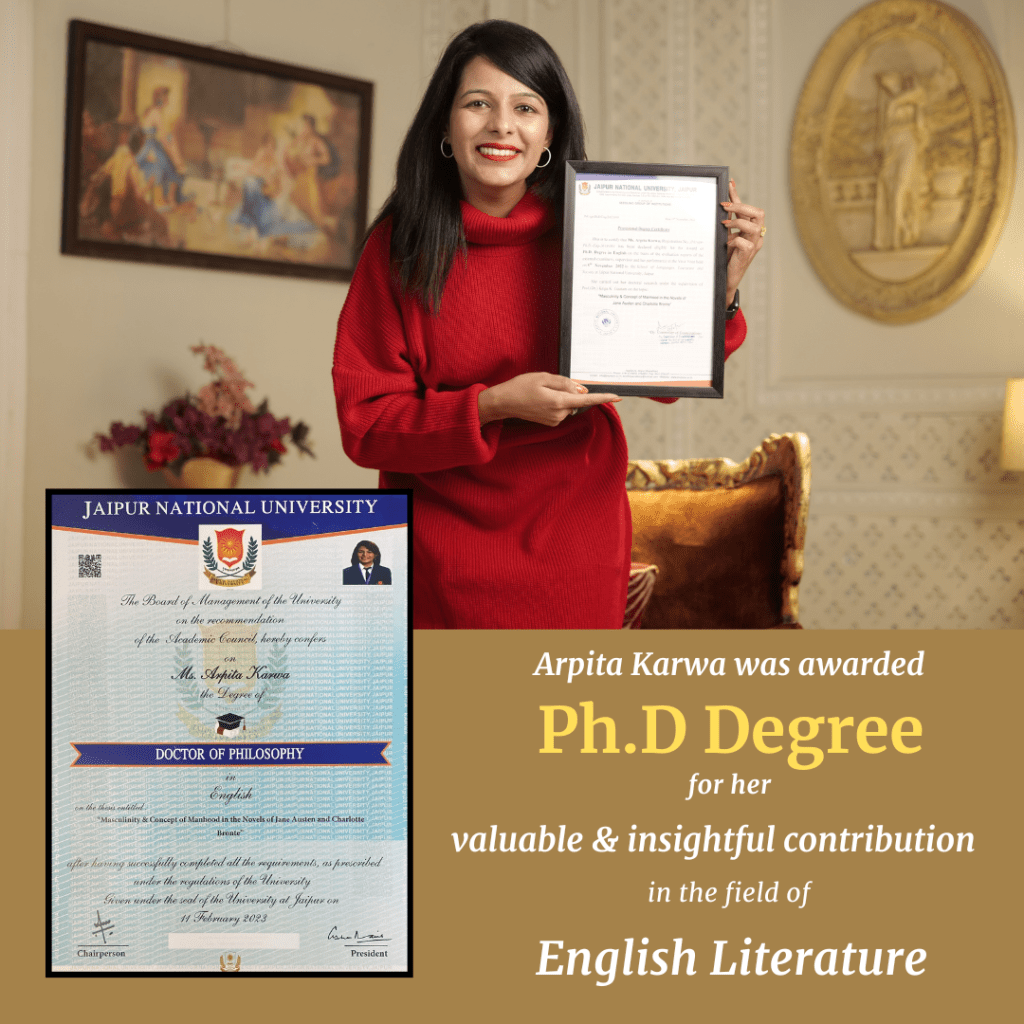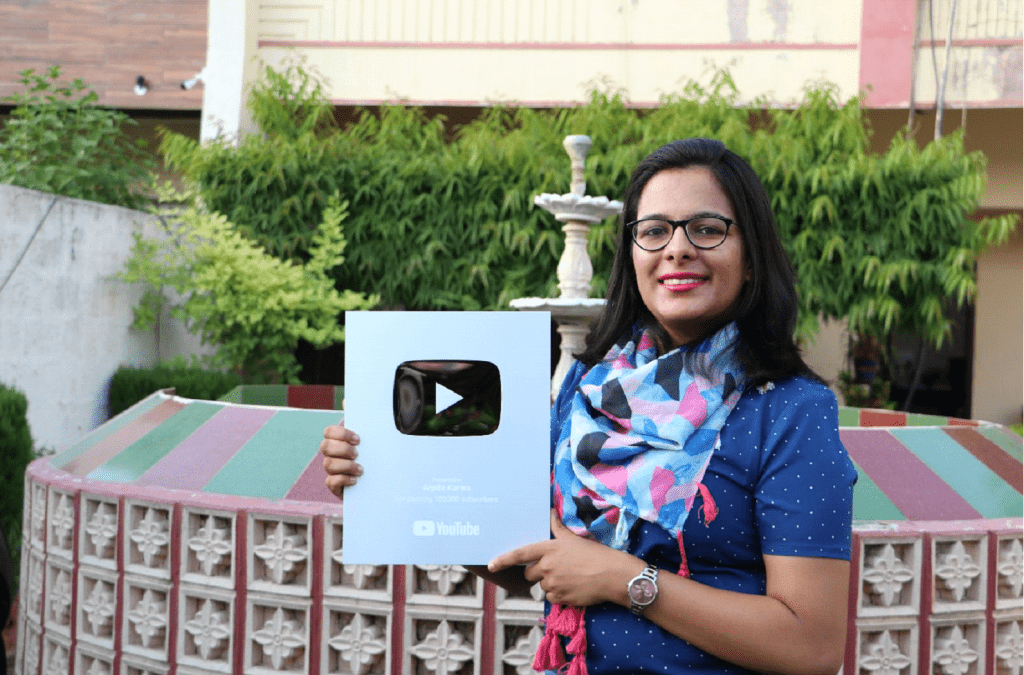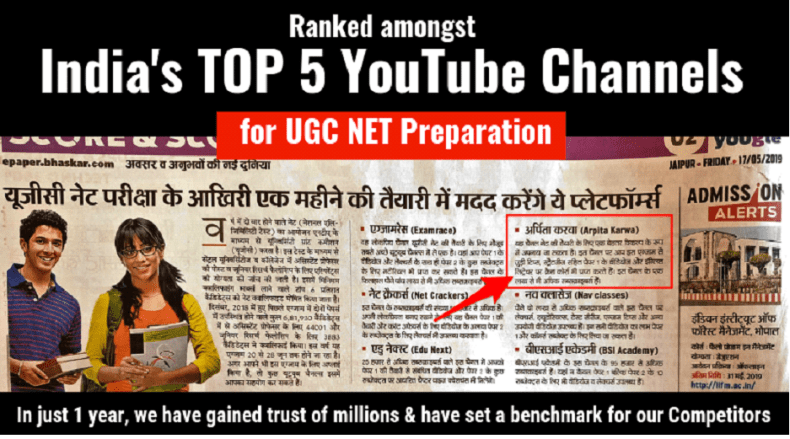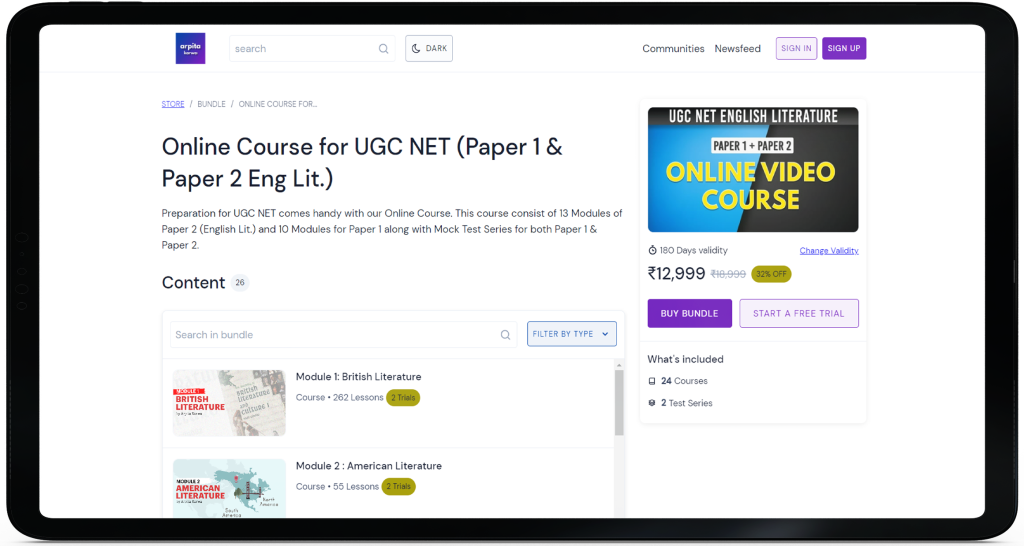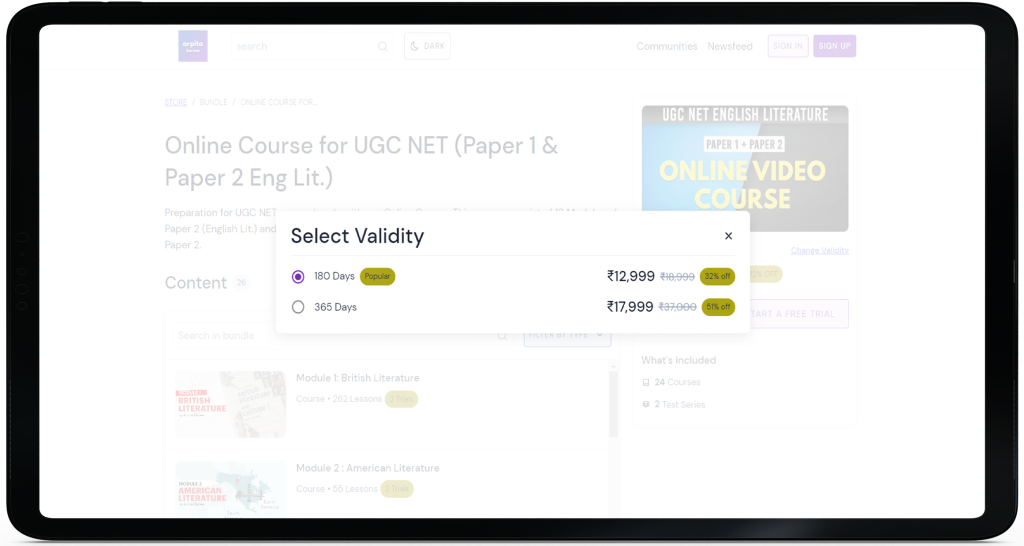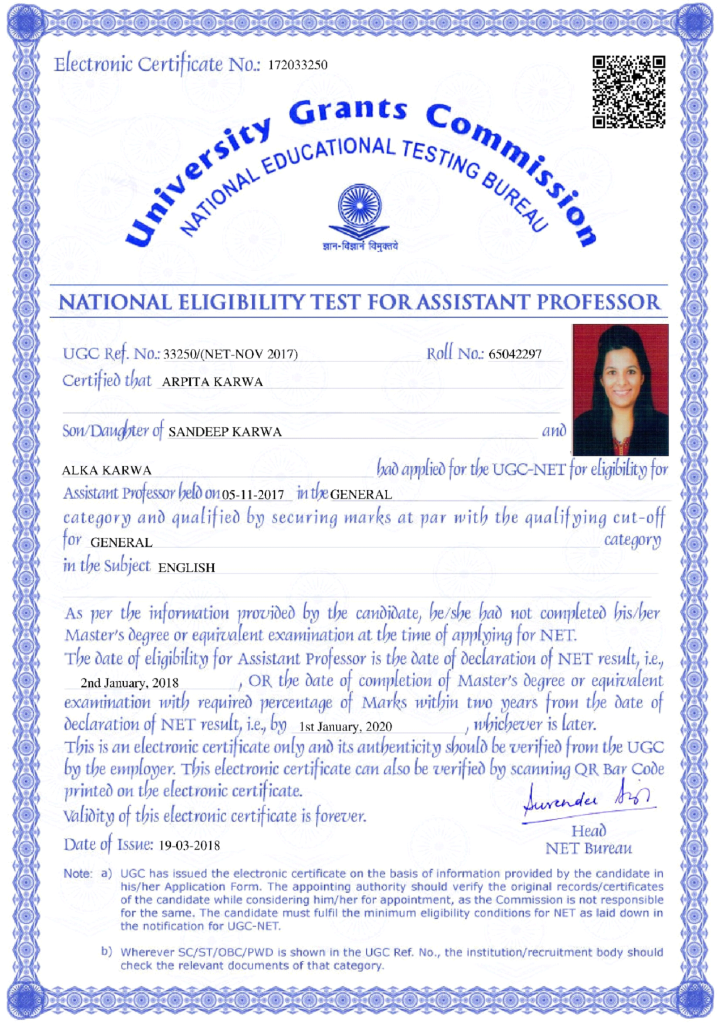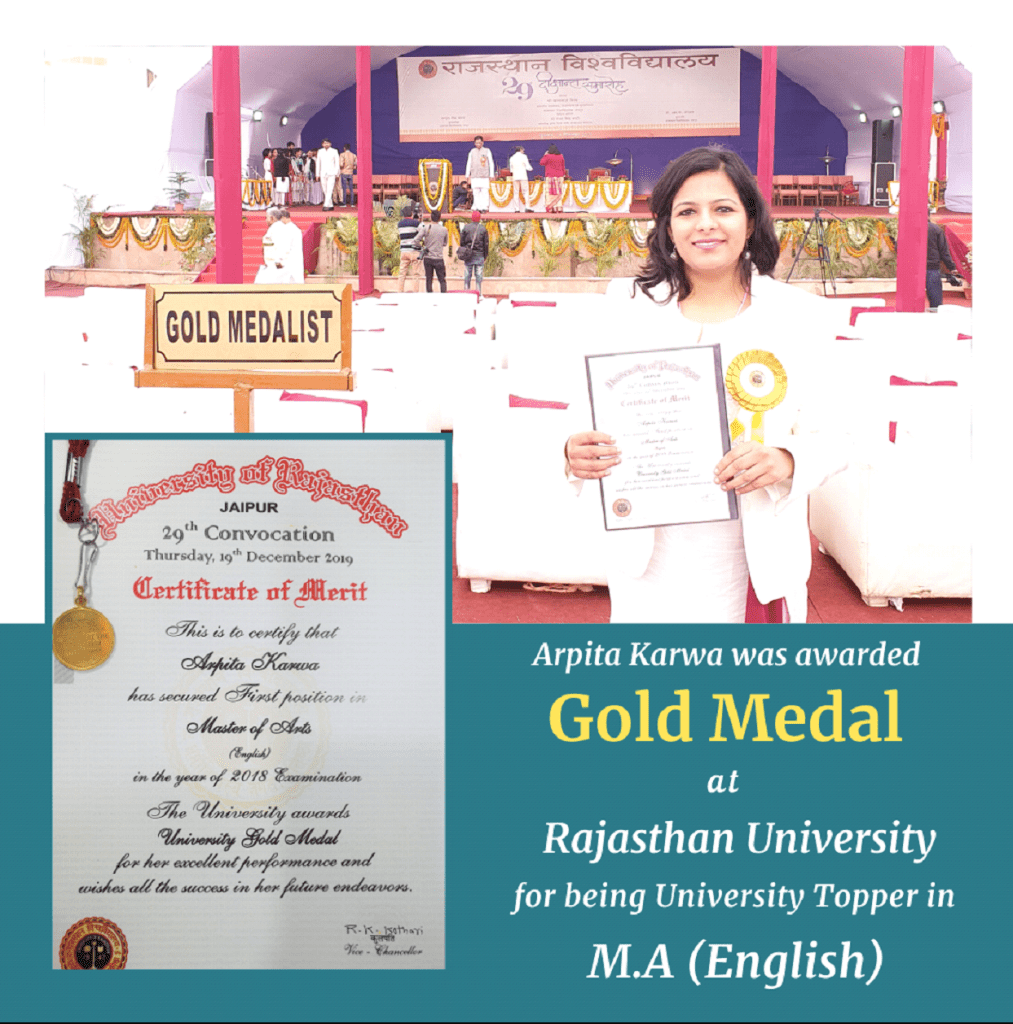UPSC English Paper 2 2021
June 19, 2023 2023-12-05 19:48UPSC English Paper 2 2021
2021 UPSC English Paper-2
ENGLISH
Paper – II
(LITERATURE)
Questions Paper Specific Instructions
Please read each of the following instructions carefully before attempting questions:
• There are EIGHT questions divided in Two Sections.
• Candidate has to attempt FIVE questions in all
• Questions no. 1 and 5 are compulsory and out of the remaining, any THREE are to be attempted choosing at least ONE question from each Section.
• The number of marks carried by a question/part is indicated against it.
• Answers must be written in ENGLISH
• Word limit in questions, wherever specified, should be adhered to.
• Attempts of questions shall be counted in sequential order. Unless struck off, attempt of a question shall be counted even if attempted partly. Any page or portion of the page left blank in the Question-cum-Answer Booklet must be clearly struck off.
SECTION ‘A’
Q.1) Critically comment in about 150 words each on the following passages focussing on the context:
(a) Though Hamlet rambles and Lear rages,
And all the drop scenes drop at once
Upon a hundred thousand stages,
It cannot grow by an inch or an ounce.
(W.B. Yeats)
(b) At the still point of the turning world. Neither flesh nor fleshless;
Neither from nor towards; at the still point, there the dance is,
But neither arrest nor movement. And do not call it fixity,
Where past and future are gathered.
(T.S. Eliot)
(c) The maps at his disposal were out of date
And the Census Returns almost certainly incorrect,
But there was no time to check them, no time to inspect Contested areas.
(W.H. Auden)
(d) Slums, years, have buried you. I would not dare
Console you if I could.
(Philip Larkin)
(e) with every lunge of the swing
she felt him
in the lunging pits
of her feeling;
(A.K. Ramanujan)
Q.2) Answer all of the following:
(a) Eliot’s references to time and space in his poetry reflect more a mental association than an image of conscious reality. Discuss with illustrations from some of the poems in the syllabus.
(b) How was the socio-political development of the thirties reflected in the works of the poets of the age? Discuss with textual references.
(c) Post-war literature not only reflected disillusionment, social injustice and negation of life but, at the same time, portrayed dissent and protest also. Analyse John Osborne’s Look Back in Anger in the light of the above statement.
Q.3) Answer all of the following:
(a) W.H. Auden’s “Mundus et Infans” is a treatise on love. Do you agree? Give reasons for your answer.
(b) “Larkin is the poet of the emotionally underprivileged, of the vast majority of mankind for whom life is a progressive disillusionment.” In the light of this statement, examine the poems of Philip Larkin that are part of the syllabus.
(c) With special reference to the prescribed texts, discuss the portrayal of human relationships in post-World War II English drama.
Q.4) Answer all of the following:
(a) How are “Sailing to Byzantium” and “Byzantium” associated with each other? Show how this relatedness contributes to establishing W.B. Yeats as a myth-maker.
(b) Critically evaluate the poems of A.K. Ramanujan as a conflict between tradition and modernity and rootedness and rootlessness.
(c) Absurd theatre reflects the existential dilemma and the irrationality of life. Examine this statement with a critical analysis of Beckett’s Waiting for Godot.
SECTION ‘B’
Q.5) Write short critical notes on the following in about 150 words each:
(a) Discuss James Joyce’s novel, A Portrait of the Artist as a Young Man as a Künstlerroman.
(b) Comment on D.H. Lawrence’s narrative technique in Sons and Lovers.
(c) Examine the significance of women characters in Woolf’s Mrs. Dalloway.
(d) Analyse the motif of courage in Conrad’s Lord Jim.
(e) Discuss Raja Rao’s Kanthapura as a rewriting of Gandhian ideology.
Q.6) Answer all of the following:
(a) Lord Jim is characterised as a romantic idealist with a lack of self-knowledge, stubborn, egoistical and self-deceptive. Would you agree? Elucidate with an analysis of Conrad’s novel.
(b) “Woolf’s Mrs. Dalloway seems to be based on an irreconcilable opposition between individuality and universality.” Elucidate.
(c) The ideological indeterminacy in Forster’s A Passage to India is rooted in the humanist perception of cultural identities thereby providing a platform for colonial expansion. Discuss.
Q.7) Answer all of the following:
(a) In A Passage to India, Forster uses Nature as a trope to bring out the nuances of human relationships as they unfold before us. Do you agree? Give a reasoned response.
(b) “The past could not be ignored; it was never counterfeit; he carried it within himself.” Discuss with reference to the novel, A House for Mr. Biswas.
(c) In Sons and Lovers, D.H. Lawrence depicts the Oedipus complex and reveals the working of the unconscious mind. Elucidate.
Q.8) Answer all of the following:
(a) “The values and traditions comprising the social milieu tend to condition and reduce the family to little more than moral automatons.” Do you agree? State your opinion with an analysis of D.H. Lawrence’s Sons and Lovers.
(b) Postcolonial writing conflates history and myth to create new centers. Examine how this is achieved in Raja Rao’s Kanthapura.
(c) Joyce’s A Portrait of the Artist as a Young Man challenges social institutions such as family and religion thereby reflecting aspects of modernism. Evaluate by a critical analysis of the novel.






